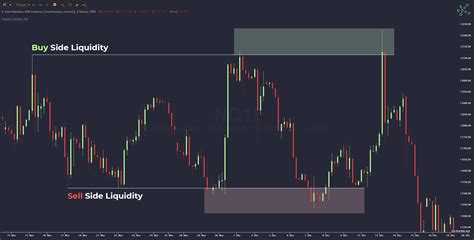How to Use Trading Strategies for Bitcoin (BTC) Investments
The world of cryptocurrency has exploded in recent years, with Bitcoin (BTC) becoming one of the most widely recognized and traded digital currencies. With its potential for high returns and low risk, it’s no wonder why many investors are eager to get in on the action. However, investing in Bitcoin and other cryptocurrencies can be complex and involves significant risks. In this article, we’ll explore some effective trading strategies for using Bitcoin (BTC) investments, helping you navigate the markets with confidence.
Understanding Cryptocurrency Trading
Before we dive into specific strategies, it’s essential to understand what cryptocurrency trading is all about. Buying and selling digital currencies on online exchanges involves two main types of transactions:
- Market Orders: These are automatic trades executed at market price levels, allowing investors to buy or sell cryptocurrencies based on current market prices.
- Limit Orders: These are pre-set orders that can be used to limit the size of a trade, often used for risk management purposes.
Trading Strategies for Bitcoin (BTC) Investments
Here are some effective trading strategies for using Bitcoin (BTC) investments:

1.
Mean Reversion Investing
This strategy involves identifying significant price swings in cryptocurrencies and betting on their long-term downtrend. By selling cryptocurrencies when they’re overvalued, you can take advantage of potential price drops.
Example: Use a momentum indicator to identify an uptrend that will soon reverse into a downtrend, then sell the cryptocurrency at its peak before it reverses.
2.
Candlestick Pattern Trading
This strategy relies on technical analysis and candlestick patterns to predict price movements in cryptocurrencies. By identifying specific patterns or combinations of signals, you can make informed trading decisions.
Example: Use a moving average crossover technique to identify an uptrend when a cryptocurrency’s short-term moving average crosses above its long-term moving average, followed by a downtrend when it reverses back down.
3.
Support and Resistance Trading
This strategy involves identifying key support and resistance levels in cryptocurrencies based on historical price data. By entering trades at these levels, you can limit your losses or lock in profits.
Example: Use technical analysis to identify areas of support (resistance) where a cryptocurrency has consistently shown strength, then enter long positions when prices breach the area.
4.
News-Based Trading
This strategy involves reacting to news events that affect cryptocurrencies. By timing trades based on specific events or announcements, you can profit from price movements.
Example: Use social media and online news sources to identify potential trading opportunities related to a cryptocurrency’s earnings announcement, adoption rate, or regulatory changes.
5.
Technical Analysis
This strategy involves using technical indicators, such as moving averages, RSI (Relative Strength Index), and Bollinger Bands, to analyze price movements in cryptocurrencies. By identifying specific patterns or combinations of signals, you can make informed trading decisions.
Example: Use a combination of moving average and RSI to identify an uptrend when a cryptocurrency’s short-term moving average crosses above its long-term RSI, followed by a downtrend when it reverses back down.
6.
FOMO (Fear Of Missing Out) Trading
This strategy involves reacting to market volatility and buying cryptocurrencies during periods of high trading volume and uncertainty. By timing trades based on FOMO sentiment, you can profit from price movements.